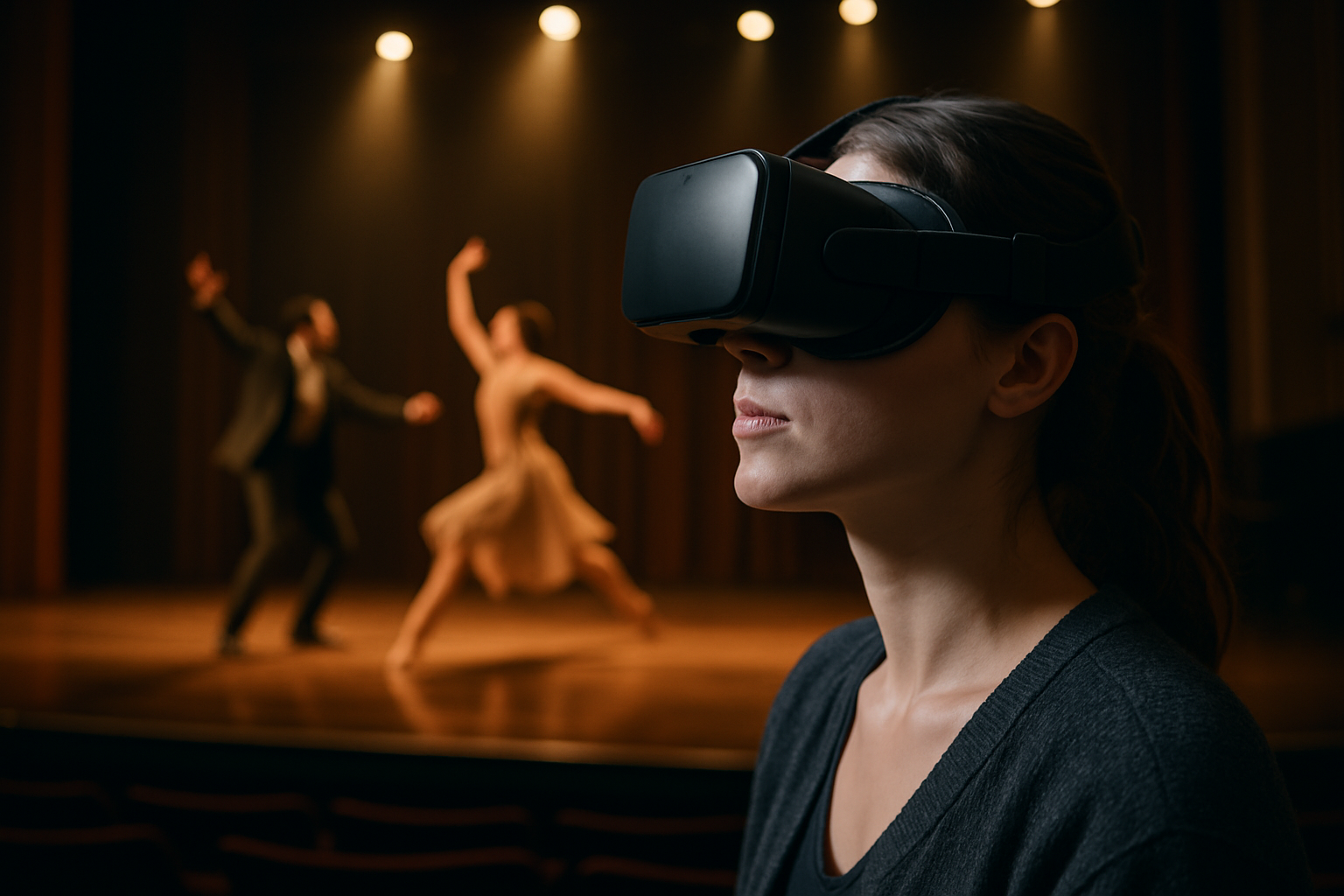The Rise of Hybrid Events: Balancing Live and Digital Audiences
Hybrid events blend in-person gatherings with digital access to broaden reach and diversify audience experiences. They are changing how creators, venues, and festivals present music, film, galleries, and performance while raising questions about access, sustainability, and revenue models.

Hybrid events blend in-person gatherings with digital access to create experiences that reach both local and global audiences. For cultural institutions and creators, hybridity means rethinking programming, technical infrastructure, and audience engagement to serve people in the room and online viewers simultaneously. That shift affects how festivals, theaters, galleries, and venues curate work, allocate budgets, and measure impact across channels.
Culture and community
Hybrid formats influence cultural practices by expanding who can take part and how communities form. For museums, galleries, and festivals, offering live tickets alongside streamed or on-demand content enables participation from people who cannot travel, while preserving a sense of shared cultural moment for local attendees. Programming choices must balance local resonance with broader appeal, ensuring that digital editions do not dilute the cultural specificity that gives events their identity. Strong community-building tools—moderated chats, localized hubs, and post-event forums—help hybrid events preserve meaningful connections across distance.
Performance and immersion
Performance disciplines such as theater, dance, and live music face distinct challenges when translating to hybrid models. Creators need to consider staging, camera language, and interactive elements so that both physical and virtual audiences experience the work convincingly. Some productions adopt multiscreen visuals, adaptive lighting, or spatial audio to enhance immersion for remote viewers. At the same time, maintaining the tactile, communal energy of a live audience often requires thoughtful programming blocks—moments reserved for live-only exchange or simultaneous interactive cues that bridge the two audiences.
Streaming and technical setup
Streaming is core to hybrid events, demanding reliable infrastructure and creative production workflows. High-quality streams involve multi-camera setups, dedicated encoding, and robust CDN delivery to reduce latency and improve viewer experience. Organizers should plan technical rehearsals and redundancy systems and consider platform choices that support interactivity and accessibility features. Integrating streaming into ticketing and membership systems also helps track engagement and monetization while preserving data privacy and user experience standards across platforms.
Accessibility and inclusion
Hybrid events can improve access for people with mobility, geographic, or scheduling constraints, but only if accessibility is integrated from the start. Captioning, sign language interpretation, audio description, and clear UX for assistive technologies must be part of the production plan. Likewise, pricing structures and on-demand archives can remove financial and timing barriers. However, organizers should avoid tokenizing accessibility and instead consult with disabled artists and audiences to design genuinely inclusive programming and engagement strategies.
Sustainability and environmental impact
One advantage of hybrid models is potential reduction in travel-related emissions, as remote attendance lowers the need for long-distance journeys. Event planners can design carbon-conscious programs by offering virtual options, reducing printed materials, and optimizing venue energy use during live components. Measuring environmental impact requires tracking both in-person and digital footprints—server energy, streaming bandwidth, and physical logistics—to understand trade-offs and to set realistic sustainability goals that align with community values.
Monetization and funding models
Monetizing hybrid events combines traditional ticketing with digital revenue streams such as pay-per-view, subscriptions, donations, and tiered access. Creators and venues often use bundled packages that include live admission, digital access, and exclusive online content to appeal to different audience segments. Sponsorship and grant models also adapt to hybrid formats by offering integrated branding across live and digital stages. Transparent reporting and audience analytics help refine pricing, but organizers must balance commercial imperatives with equitable access and fair compensation for artists and technical teams.
Hybrid events are reshaping the cultural landscape by enabling broader participation while introducing new production complexities and ethical considerations. Successful hybrid programming requires deliberate curation, investment in technical and accessibility infrastructure, and flexible business models that respect both local audience dynamics and global reach. As creators and institutions experiment with hybrid formats, the focus remains on sustaining meaningful, inclusive experiences that honor the distinct values of live and digital engagement.




